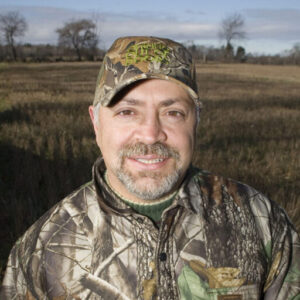This question first came to mind when I saw a tiger muskie caught in Lake St. Clair a few years ago. My curiosity grew as I heard of more muskie being caught in Long Point Bay, traditionally pike territory. Then, one fall, I caught a juvenile muskie there, hinting at successful breeding. In another part of the province, the Trent-Severn Waterway, pike are spreading along traditional muskie habitat (more on that later), suggesting the discussion on the future of these species is far from localized. So, what lies ahead? To understand, we need to look at some geographic history, fisheries science, and perhaps a bit of crystal-ball gazing. Distribution Pike and muskellunge are members of the Esox genus and can interbreed, resulting in the hybrid tiger muskie. Pike are widespread in Ontario, while muskie are found in specific areas, not always interconnected. Muskie thrive in northwestern Ontario’s Lac Seul, Eagle Lake, Lake of the Woods, the Ottawa River, and sections of the Great Lakes like Georgian Bay, Lake St. Clair, and the Niagara, St. Lawrence, and Ottawa rivers — spanning nearly 2,000 kilometres across the province. Their distribution traces back to the last Ice Age and the subsequent retreat of glaciers, along with habitat and waterway connections. The crossbreed Tiger muskie don’t typically grow as large as muskie but grow faster. Whether they’re sterile remains a point of debate. Emily Slavik, Assessment Coordinator for the MNR’s Lake Erie Management Unit, notes that female tiger muskie may breed while males are thought to be sterile. Research shows that tiger muskie make up around 17% of Esox in some areas, though interbreeding is minimal in others. Ground zero for hybrids Lake St. Clair is where pike and muskie interbreed most frequently. Both species have long histories in this lake, which boasts one of Ontario’s highest muskie densities. Spring surveys by the MNR offer insights into hybridization; in 2019, they captured 10 juvenile and eight adult muskie, along with nine adult hybrids. In the Detroit River, despite high pike numbers, all captured fish were muskie with no hybrids present. According to Slavik, hybridization varies by population demographics and environmental factors during spawning. “Hybridization is taking place within Lake St. Clair,” she says, “but our survey data does not provide evidence of hybridization in the Detroit River despite many northern pike being present.” Jim Fleming, a Lake St. Clair charter captain, has observed fewer
Please log into your OFAH Community account to access this content. Not an OFAH member or Ontario OUT of DOORS Subscriber? Follow the links below to join or subscribe and gain access to exclusive online content.



Contact Information
PO Box 2800 / 4601 Guthrie Dr.
Peterborough, Ontario Canada K9J 8L5
Phone: 705-748-OFAH (6324)
Fax: 705-748-9577
Join Our Newsletter
Watch
Shop
Follow